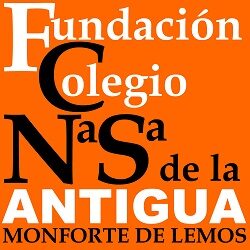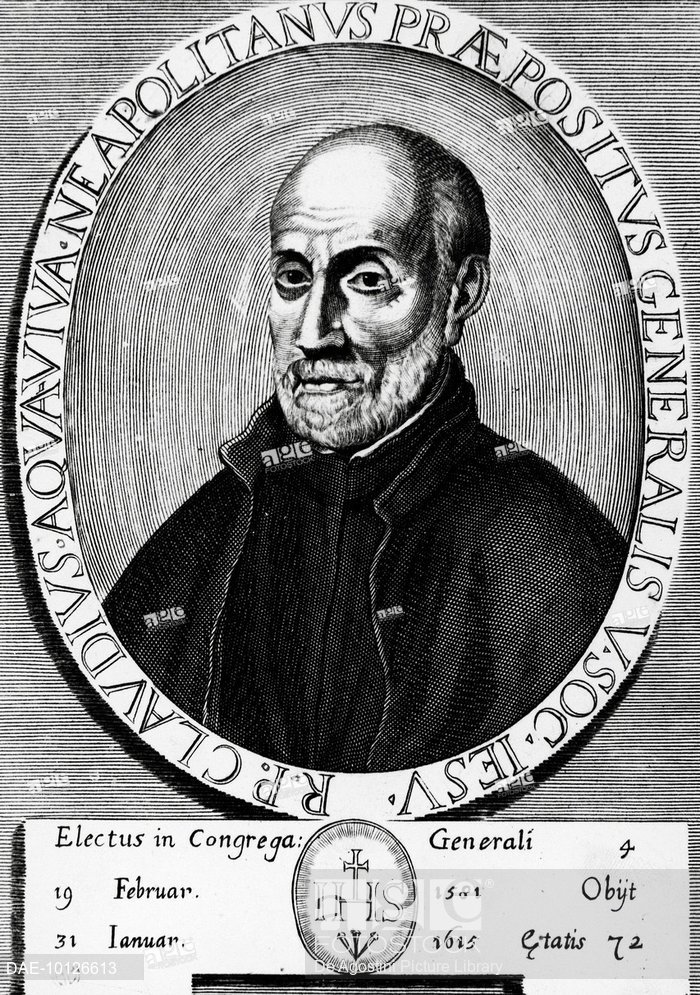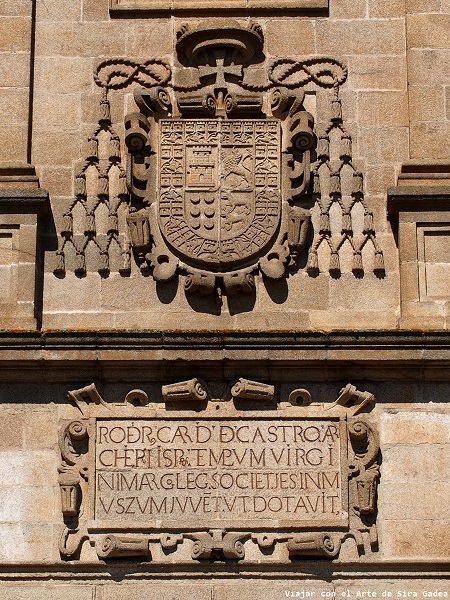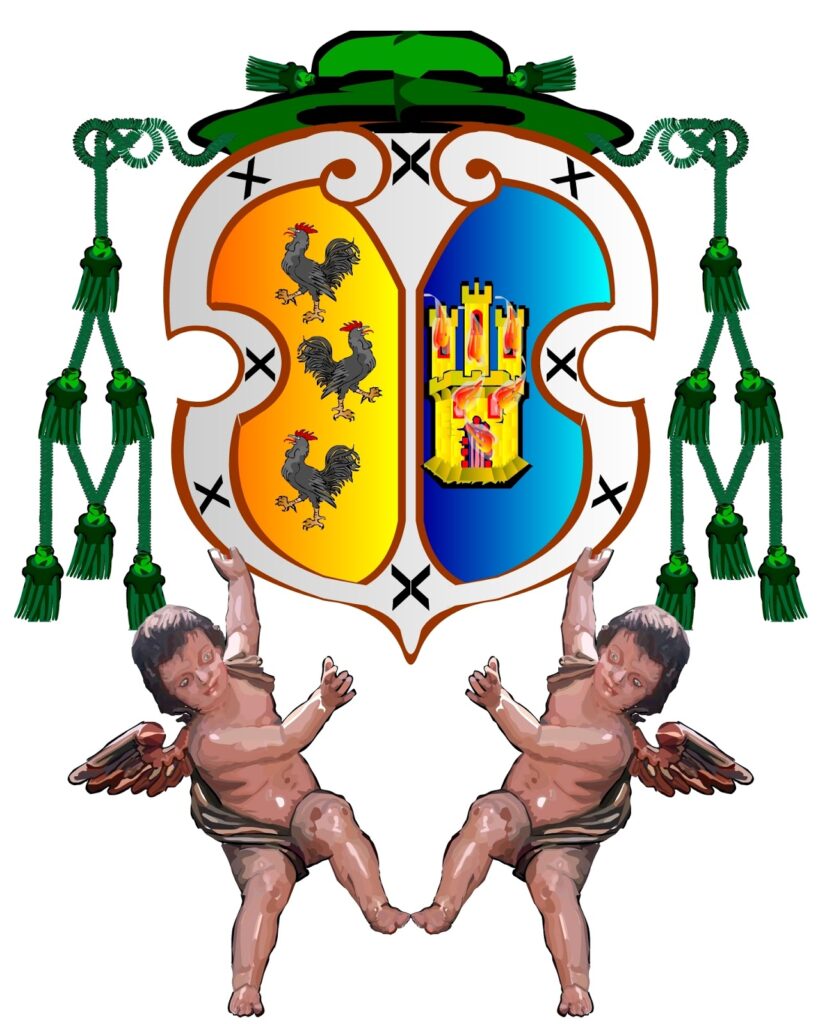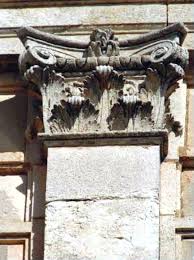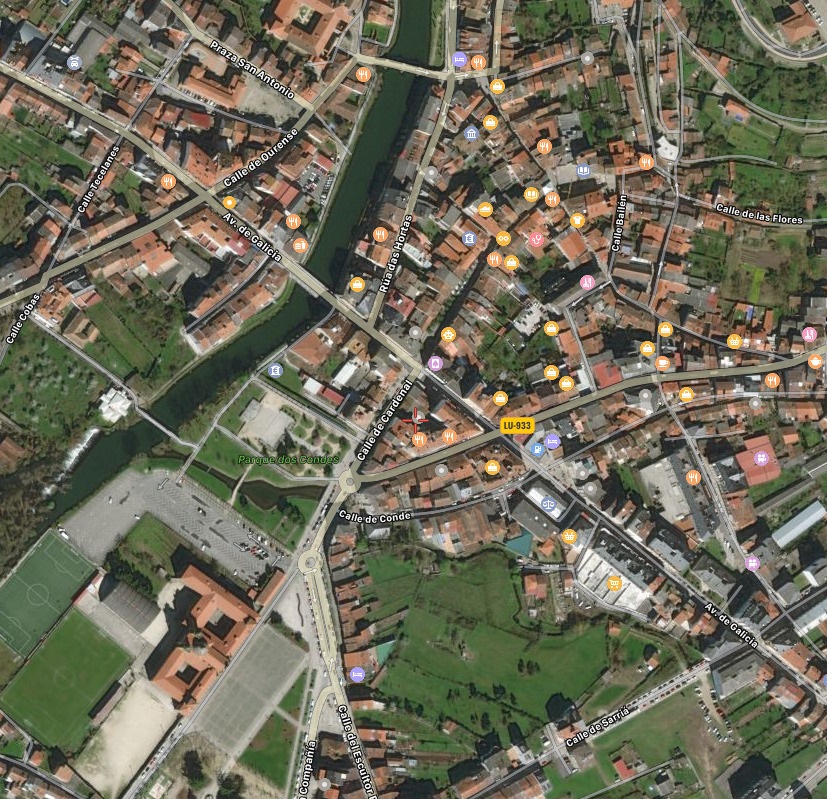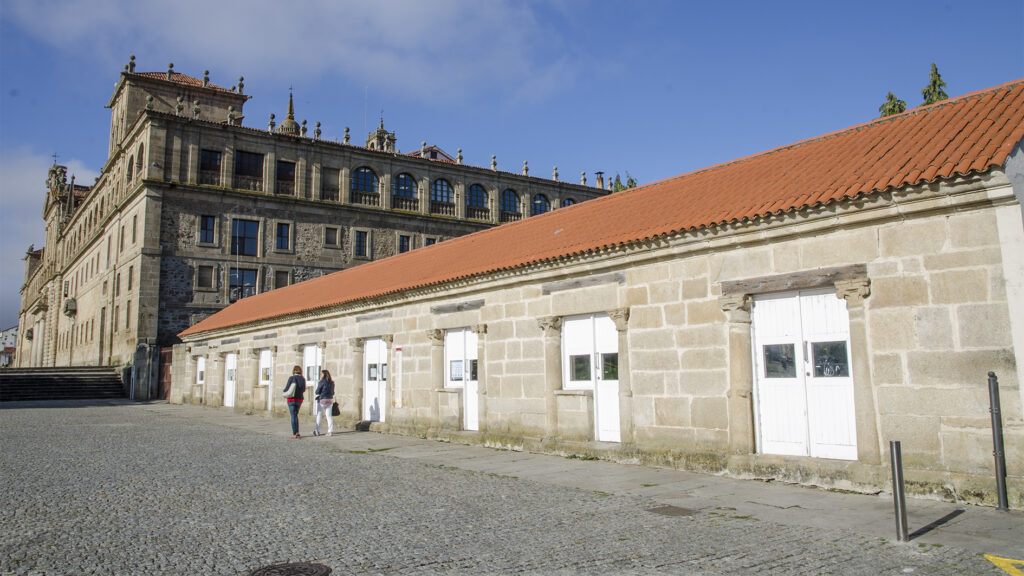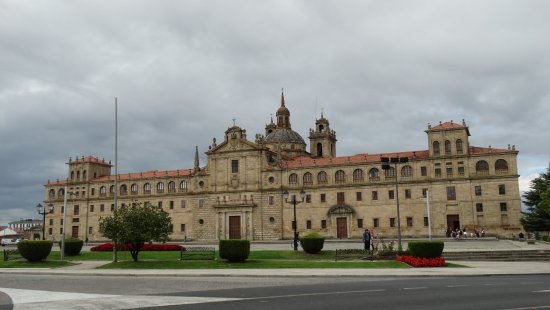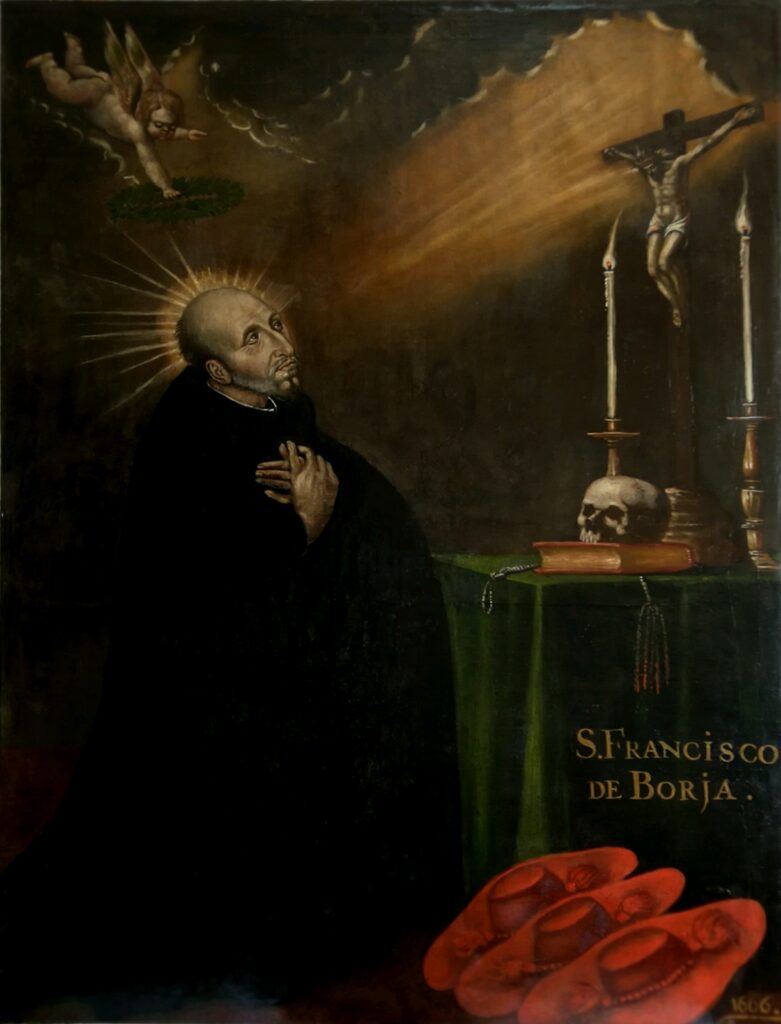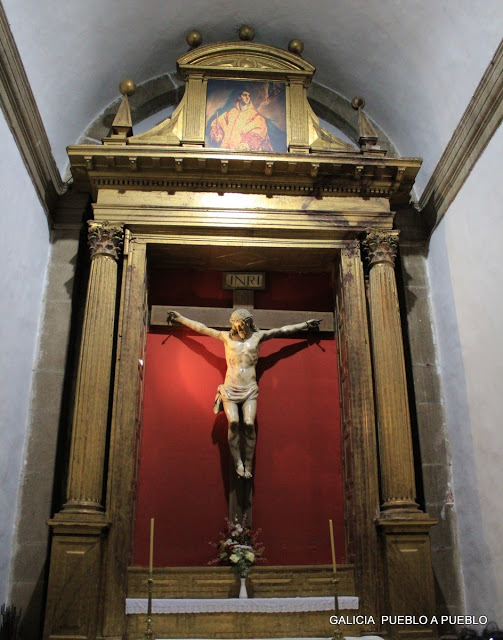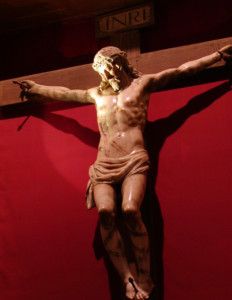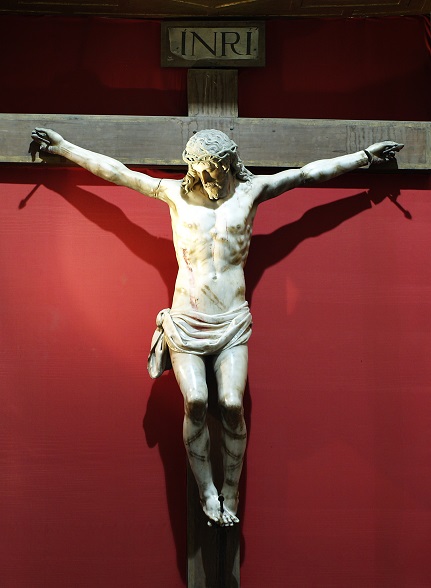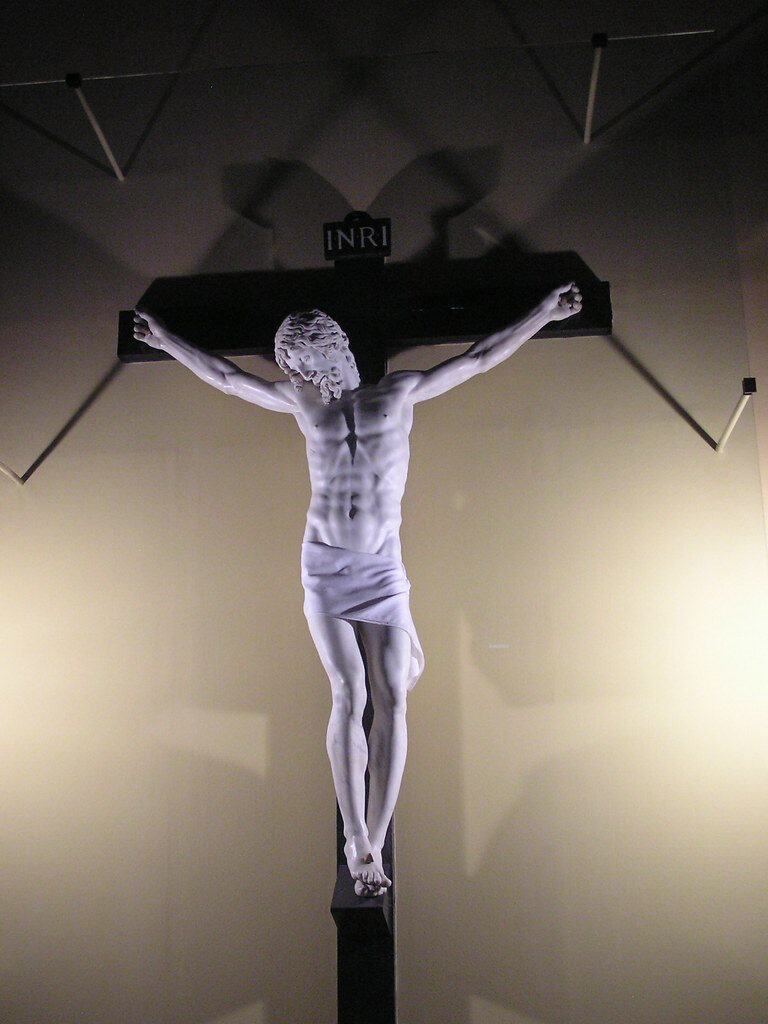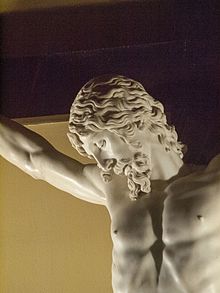Thanks to Don Rodrigo de Castro accompanying his brothers Don Pedro de Castro in Europe, and Don Fernando Ruiz de Castro, future IV Conde de Lemos, in his missions, between 1548 and 1558, he added to his brilliant humanistic studies in Salamanca, the illustration that emerged from the main foci of Europe.
Years later, when Don Rodrigo arrived in Seville as archbishop, he found that the Jesuits had been established in the city for 30 years with great acceptance. He became very intimate with them and favored them in his diocese. There he develops a deep devotion to “Our Lady of Antigua”, in whose image the Monfortino College will advo- cate. In 1585 or 1586 the idea arises to him to realize in his earth a school and to take advantage of it for own burial and of his. He did not think of it before, since in 1584 he still paid for the works of the convent of San Antonio as a family pantheon, and so the Provincial Jesuit Villalba, in the letter he addresses to the General on September 27, 1586, informs of the will of the Cardinal , who takes for granted the foundation of a school in Monforte de Lemos.
Like other illustrious prelates, he planned to establish in him not only ecclesiastical teachings, but rather of a general nature that could be convenient for many, creating several chairs of Latin, art and morals, as well as a school for children of first letters. Don Rodrigo would entrust his purpose to the Sevillian Jesuit community, he would speak with the Jesuit provincial Bartolomé Pérez de Nuevos; for them he was put in dealings with the provincial of Castilla Gil González Dávila and with Claudio Aquaviva, the General of the Society of Jesus. We know that letters went from Seville to Madrid, from Madrid to Rome and from Rome to Seville until the project matured enough to put it into action.
Therefore, we can conclude that in 1585 or 1586 the idea that would give birth to our magnificent school was forged.

